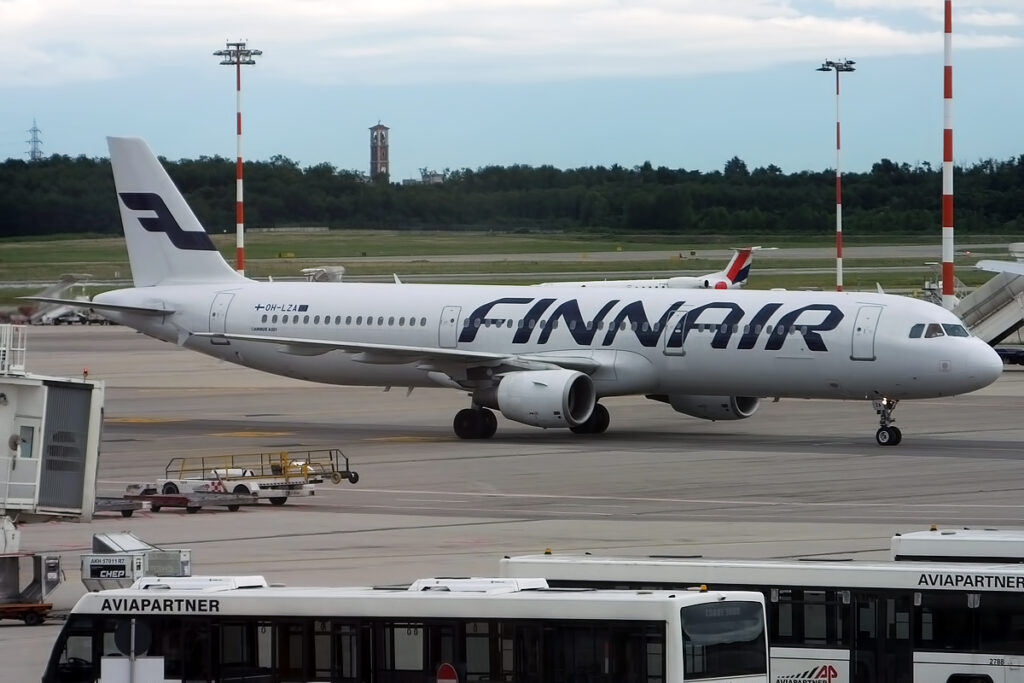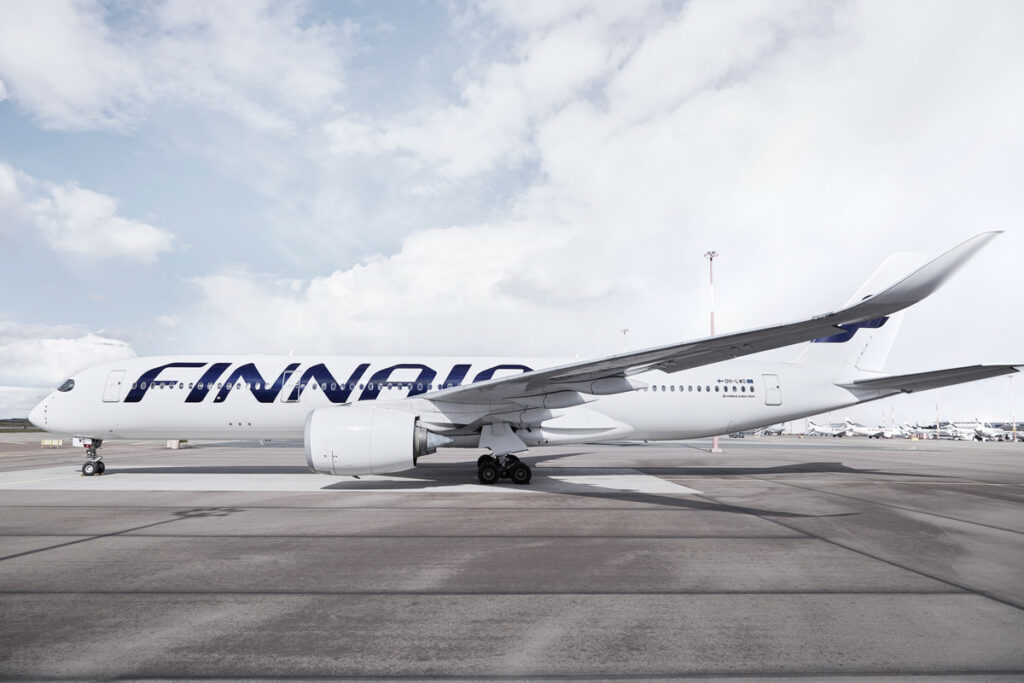Finnair has released its September 2023 performance figures, showing the Finnish flag carrier transported 921,800 passengers. This is 3.5% more than in September 2022.
Despite the impressive growth from last year, this is 5% less than recorded in August 2023.
September Year-on-Year Growth
September has an impressive year-on-year growth as COVID-19 impacts subsided, but the closure of the Russian airspace still hampers potential growth in terms of year-on-year figures.
The Asian traffic, especially the South Korean, Chinese, and Japanese markets were affected by the closure of the Russian airspace, but the Thai and Singaporean markets remained unfazed.
With the closure of Russian airspace, the distance from Europe to East Asian destinations takes longer based on the Great Circle distance.
September Statistics
The overall capacity is measured in Available Seat Kilometres (ASK). This number increased in September by 9.8% year-on-year but decreased by 5.5% month-on-month.
[monsterinsights_popular_posts_inline]
The Oneworld carrier’s traffic measured in Revenue Passenger Kilometres (RPKs), increased by 13.0% year-on-year but decreased by 7.9% month-on-month.
The airline traffic, measured by the Passenger Load Factor (PLF) increased by 2.2% points year-on-year but declined by 2.0% points month-on-month to 77.9%
The ASK increase in Asian traffic was 31.8% year-on-year, which is explained by the ramping up of seats to Japan and South Korea.
Massive Decrease in North Atlantic Traffic
North Atlantic seat capacity decreased by 43.5% as the operations between Stockholm and the North American cities were halted at the end of 2022.
European traffic was somewhat better where ASKs were up by 4.3%. The Middle Eastern capacity on the other hand grew drastically by 1,958.6% due to the Qatar Airways cooperation kick-starting back in November 2022 and low traffic during the 2022 summer season.
However, domestic traffic decreased by ASKs in domestic traffic by 6.3% which explains why smaller aircraft were operated.
All in all, RPKs registered positively in Asia, with a traffic increase of 39.4% year-on-year but decreased in North Atlantic traffic by 34.9%.
The European RPKs grew by 1.9% and in the Middle East by 1,679.4% but decreased in domestic traffic by 8.6%.

Cargo Figures
Cargo traffic faired better than passenger numbers. Figures show that cargo has increased year-on-year in September due to Qatar Airways’ cooperation and an increase in capacity to Asia despite, the closure of the Russian Airspace and the pulling out of Swedish operations to Asia.
The airline capacity cut to the USA also left the cargo segment unfazed. As part of a cooperation with Qatar Airways, the Middle Eastern carrier can fully sell and allocate belly slots on Finnair flights.
This means that the available cargo tonne-kilometers increased by 22.6% and revenue cargo tonne-kilometers increased by 20.6% year-on-year. The total cargo tonnes increased by 24.1% year-on-year and 5.0% month-on-month.
All in all, Finnair has been weathering the storm and has received positive operational results. Last month, 82.8% of all Finnair flights arrived on schedule, an impressive number indeed.

Click the banner to subscribe to our weekly newsleter.









